By Maya Zaid
Trigger Warning: This story contains mentions of addiction
Disclaimer: Gabrielle McMann, a source in the story is a journalism student. However, this didn’t jeopardize the integrity of the piece.
On a sunny Saturday in late September, Gabrielle McMann, a third-year journalism student at Toronto Metropolitan University (TMU) and a proud member of the Ojicree* from the Mississaugas of the Credit First Nation, found herself seated outside Kerr Hall Quad. She gazed upon the empty seats and tables knowing that, before long, they would be filled with all kinds of people from differing Indigenous communities for this year’s Pow Wow.
According to the Stal’we Pow Wow website, a Pow Wow is “an Indigenous gathering of dance, song and family celebration.” The gathering welcomes people of different Indigenous cultures throughout Turtle Island to celebrate the diversity of one another. Everyone is welcomed, including non-Indigenous people, who are encouraged to attend for a valuable and educational experience.
On Oct. 17, 1998, a student named Raven Davis organized the first traditional Pow Wow in Toronto, themed “Reaching for The Future, and Honouring our Past.” It was hosted by the then newly created Ryerson Aboriginal Student Services, which is now TMU Indigenous Student Services.
According to Toronto Metropolitan University’s (TMU) Pow Wow website, since 2019, 21 years after the first Pow Wow, three others have launched.
In 2019, the Pow Wow expanded to a week of Educational Programming. In 2020, it went digital due to COVID-19. In 2021, it was renamed ‘X University Pow Wow’ in solidarity with the “Wreckonciliation movement,” demanding the removal of the Ryerson name linked to cultural genocide and trauma.
“These events and celebratory gatherings were taken from us during colonization. It took us a long time to be able to actually get back here and to be celebrating and to have the community involved in these events,” said McMann, who is the social media, communications and design lead for this year’s Pow Wow.
“It’s really about showing [that] we’re still here and we still gather…You didn’t erase us,” she said.
The official opening of the Pow Wow is the grand entry and the opening prayer, led by veterans, flag carriers and head dancers. Standing and removing hats is the protocol during this opening, unless one’s ability or mobility is preventative, according to the Canadian Pow Wows’ website. The same site outlines how Pow Wow etiquette should be reviewed by attendees.
“It’s really about showing [that] we’re still here and we still gather…You didn’t erase us”
For this year’s Pow Wow, the theme was “The Seventh Generation,” which is an “Indigenous concept to think of the seventh generation coming after you in your words, work and actions and to remember the seventh generation who came before you.”
McMann shared that the seventh generation for the Pow Wow can have individualistic perspectives. “That’s kind of really beautiful because everyone can think about their own ancestors, but also their people now and their future families.”
The Pow Wow was put together with many different components such as the master of ceremonies, arena director, host drum and co-host drum, invited drummers, head dancers, community elders and knowledge keepers.
The event also showcased traditional dances such as the potato dance and war cry.
Anthony Gladue, the Pow Wow’s arena director and a traditional dancer, is a member of the Kehewin Cree Nation and Plains Cree Mako Clan. Gladue joined the festivities as Kizhaay Anishinaabe Niin of Toronto—which translates to, “the kind man of Toronto” in English.
“[This] is one of the smaller Pow Wows I’ve seen this year, but the beautiful atmosphere of this Pow Wow is amazing,” said Gladue. “[I’m] just honoured to just have been asked to do the arena director and follow protocols as best as we can.”
He said, that “educating our people and the ones that lost their language, their culture, their dance and this is why I’m here to make sure we are following those protocols.”
As a knowledge keeper and respected Uncle of the Indigenous community, Gladue is acknowledged by his respective communities as an ‘Elder,’ also known as ‘Uncle’ or ‘Aunty,’ through his lifetime of learned teachings and earned respect.
Different communities have defined protocols for being an Elder. Gender and age do not play a role in identifying individuals as elders. As a knowledge keeper, Gladue possesses traditional wisdom and proficiency across various spiritual and cultural domains.
Gladue works as the coordinator at Toronto Council Fire Native Cultural Centre. The centre provides counseling, essential services like affordable housing, food banks and a seasonal clothing depot as well as spiritual and personal services.
The centre works to reconnect men who’ve been convicted of violent charges and domestic abuse through ceremony, language, songs and dance.
“This is one of the smaller Pow Wows I’ve seen this year, but the beautiful atmosphere of this Pow Wow is amazing”
Gladue said when he attended the Rama Pow Wow, it re-ignited the “spark in his belly” when he was struggling through addictions and losing his ceremony, songs and dance.
He is currently in the process of regaining his regalia, which is a traditional and sacred clothing. According to The Canadian Encyclopedia website, regalia can include “woven textiles, jewelry, makeup and footwear, such as moccasins and accessories such as headbands, arm bands, breastplates, roaches, shawls, anklets, dance sticks and hackles.” The website also states the regalia is “living art that holds the history of the individual, reflecting the connection to their ancestors, family members and clan.”
According to the Carrier Sekani Family Services website, while the regalia can be handed down through generations, handmade by family members or crafted by the individual, there is a process in attaining your regalia.
“Before you get your regalia, you first have to get your hereditary chief name,” the site states. “After that it is up to your clan to decide when you are ready for your regalia. They observe how you behave in the Bah’lats and in the community before they tell you that you’re ready.”
Saga Kwandibens, a member of the Ojicree and Loon Clan, is a fancy shawl dancer like her family, and she mentors her three-year-old daughter Layla Paredes-Kwandibens* on their style of dance.
The Kwandibens family comes from a generation of residential school survivors and Kwandibens’ grandmother found that addictions came with being a product of the residential school system. Kwandibens said her grandmother had found herself once again through the power of dance.
“What got her out of that was our culture, our dance [and] our traditional ceremonial ways,” said Kwandibens. “[Ever] since I was born, it [was] all about tradition and continuing it onto the next generation because we can because she survived and we’re here.”
Maya Trudeau, a second-year Image Arts student has been a beader since she was ten-years-old and is a member of Odawa-Ojibwe Kwe. She joined the Pow Wow vendors as The Lady of The Moon and it was her first time seeing her work being displayed.
“It feels like a part of me is really being seen that people don’t know about. I love beading and it’s part of my culture, it’s part of my family,” Trudeau said.
As the songs of the Pow Wow filled her ears and she’s surrounded by the drummers and colourful regalias, she’s brought back to her roots.
“I love seeing people in regalia. I see the regalia like the soul on the outside of the body. [It’s] not just to see people dressed but to see people dance their souls out,” Trudeau said. “Especially the kids, they’re the next generation and the fact that they’re here dancing today is just proof of how strong and resilient we are as people.”
Twin sisters, Edie and Jaquelyn Assinewe, were returning vendors at the Pow Wow and are the co-founders of Assinewe Jewelry. They are Anishinaabe artists from the Sagamok Anishinabek First Nations (Sagamo-ninii-kweg yaawiwag).
“It’s our now and it’s our history and there could never be enough educating on that”
As a TMU alumni and graduate of the retail management program, “It’s been really good to still be connected to the school because we get considered for other opportunities,” said Edie. The sisters hosted a Clay Earring Making Workshop at TMU for Indigenous Education Week.
Jaquelyn, who recently graduated from the fashion management program at Humber College says that even though her sister’s beadwork and her clay earrings aren’t the typical regalia pieces that are off-limits to non-Indigenous people, it’s still nice to show appreciation for the culture.
As the community moves forward to reconciliation, revitalization and reclamation, the importance of being allies to Indigenous communities is crucial for the future. Kwandibens believes it’s important that many are out here supporting and seeing the truths of Indigenous history.
“It’s ours now and it’s our history and there could never be enough educating on that,” said Kwandibens. She continued to add that dark histories within the residential school system are still happening and aren’t history.
“But the more allies out here, the more people who know, the more people who hear what’s going on, the more people that are looking out for Indigenous people and respect.”
*Correction: A previous version of this story in print included misspelled versions of a source’s name. The story has now been updated with the correct spelling. The Eye regrets this error.

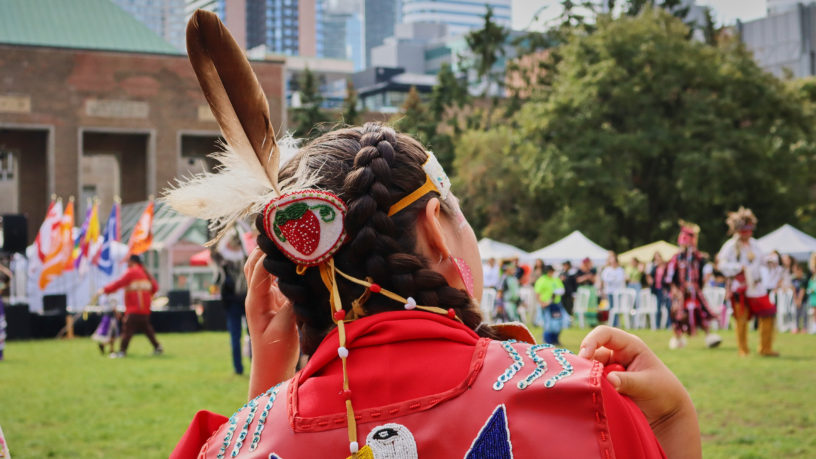



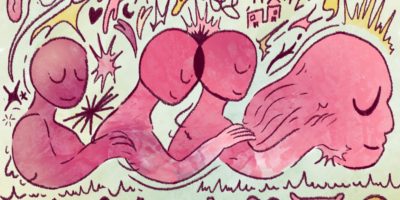
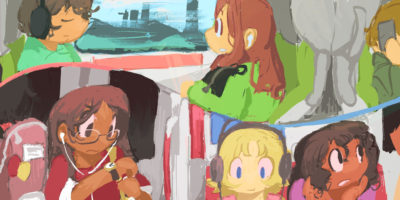
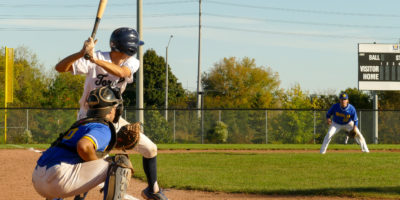
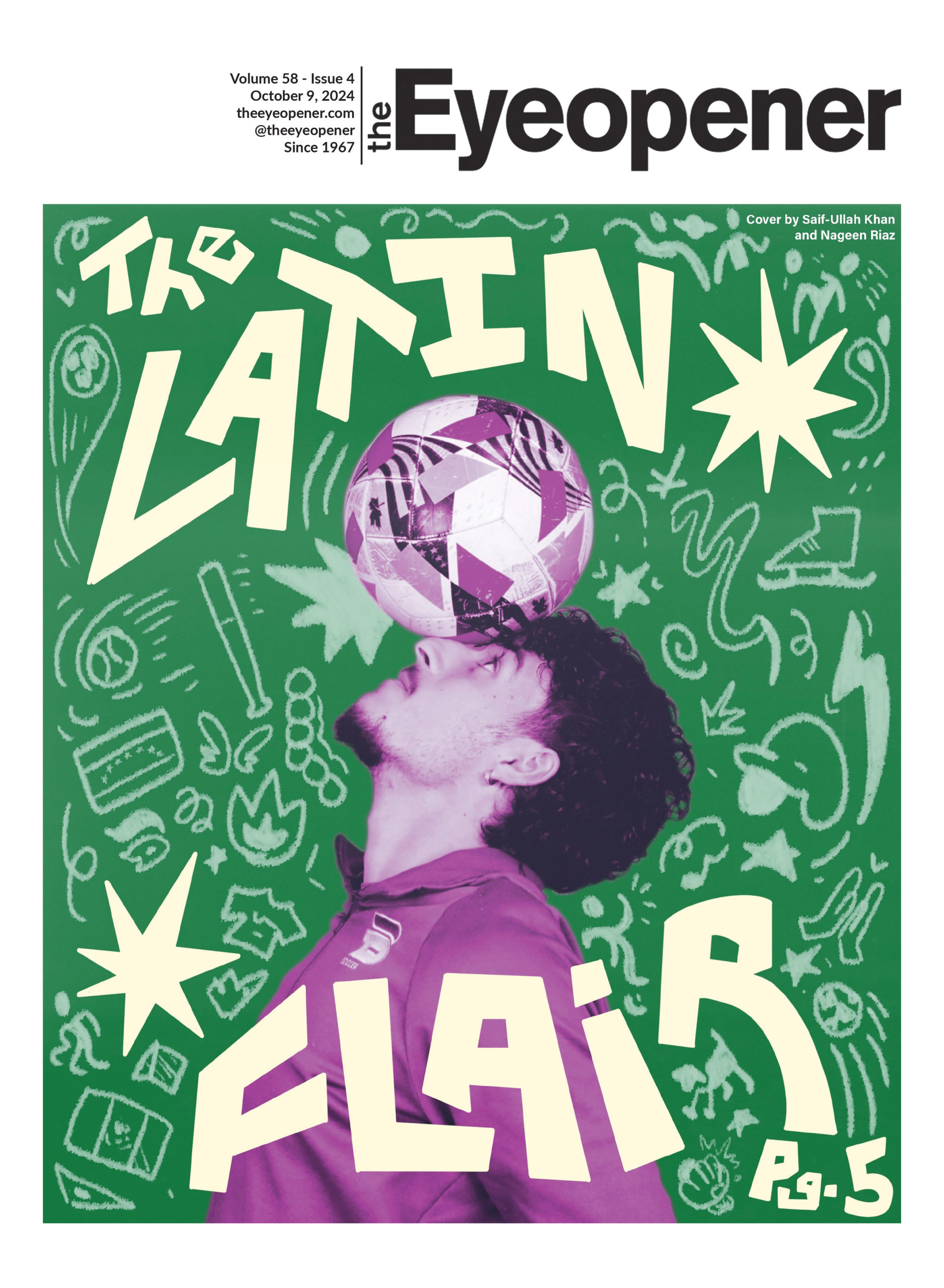

Leave a Reply